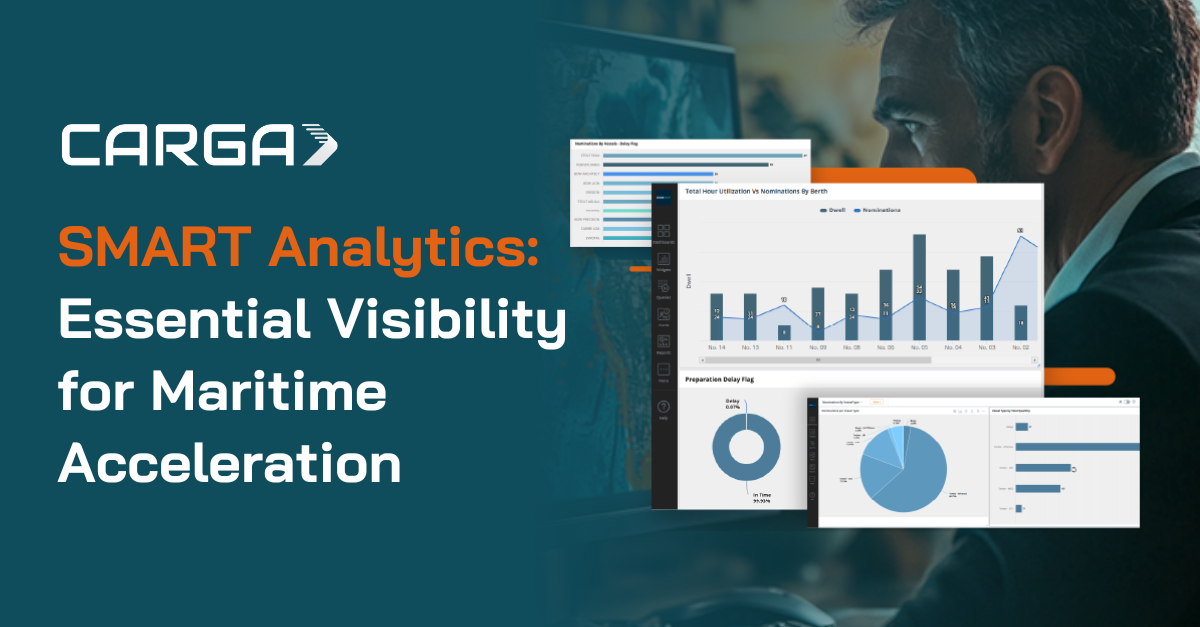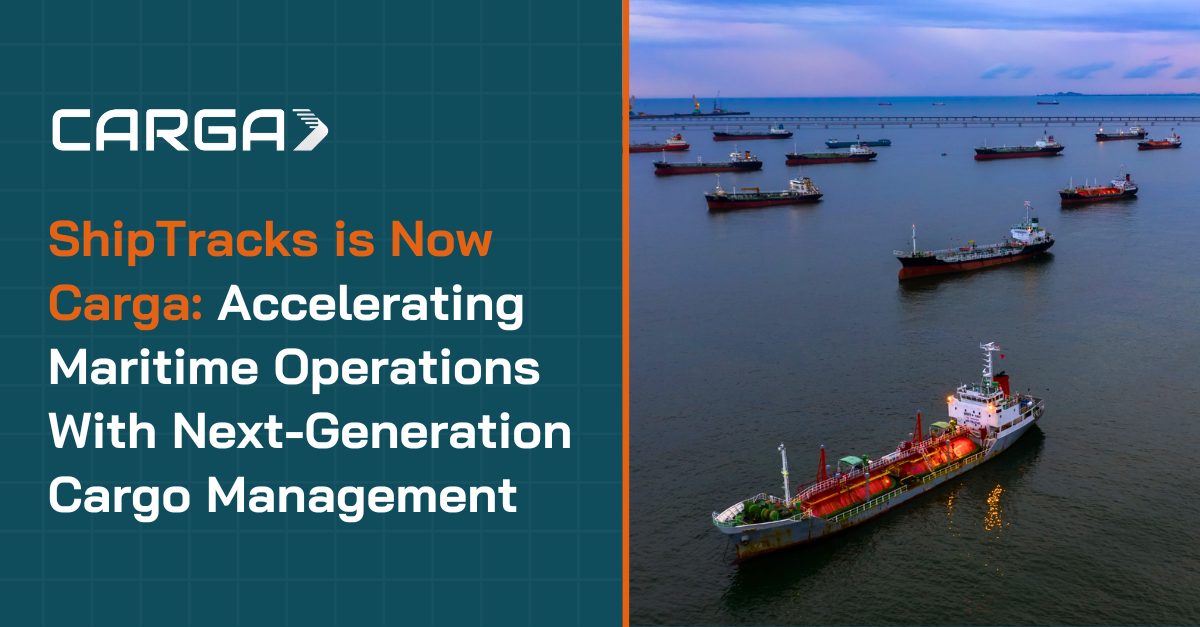AIS reports are digitally compressed data packets which are then transmitted through VHF radio signals. These VHF radio signals are openly broadcast to be picked up by other vessels, land-based antennae and, bridge to bridge locations which use AIS as a collision avoidance tool. If not in range these signals are then picked up by satellites. The signals do not fall with the curvature of the earth but are powerful enough to continue into outer space and be picked up by satellites.
According to Reed Riley our site manager land based AIS receivers have a range between 10 to 30 miles, depending on the geography of the land and the height of the antenna.
What is the difference between A class and B class?
The United States Coast Guard’s navigation center website has a chart outlining the differences between AIS class A and class B.
AIS class A units have a transmitting power of 12.5 watts. Transmission are sent on average every 12 seconds but, depending on speed and change of course it can be transmitting position reports between 2 and 10 seconds. If the vessel is moored the signal is transmitted every 3 minutes or so.
Class B AIS signals transit its location every 30 seconds or so at 2 watts which means they have a lower strength and range.
Does ShipTracks track B class AIS?
Currently, ShipTracks only displays live AIS class B signals. Work is being done to incorporate Class B data into our historical reports and historical trails.
What information is transmitted through AIS?
The following details are information transmitted through AIS feeds.
- Name
- IMO
- Call Sign
- MMSI
- Velocity
- Course
- Destination*
- ETA*
- Nav Status
- Ship type
- Dimensions
- Lat and Long
- The last time the report was sent
* The destination and ETA are manually keyed in by the crew on board of the vessels. This means that the data may be outdated and inaccurate if not updated each voyage.
For more information about our services make sure to register for a trial.




